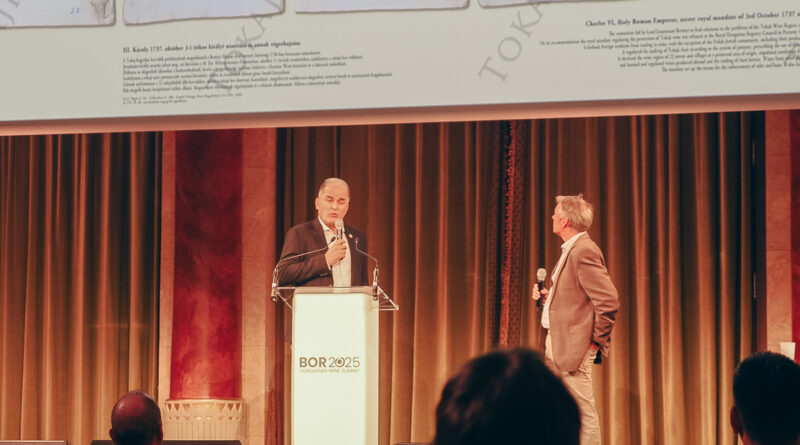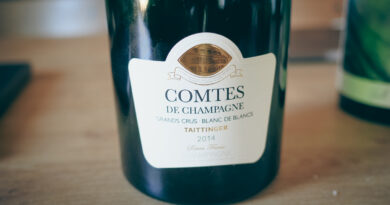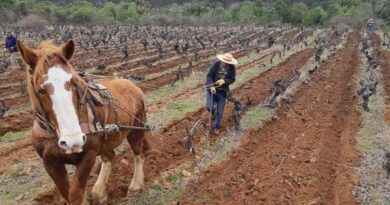Hungary’s wine crown jewel: a masterclass on Tokaji, one of the world’s top sweet wines
Tokaji is one of the world’s great sweet wines, and so it was great to attend this masterclass in Budapest, led by two authorities on the subject: László Mészáros (of AXA-owned Disznókő) and Dr Péter Molnár (of Patricius).
The Tokaj wine region is 5500 hectares, but historically the potential vine area is 11000 hectares, so if anyone fancied restoring some abandoned vineyards, then this would be an interesting place to target.
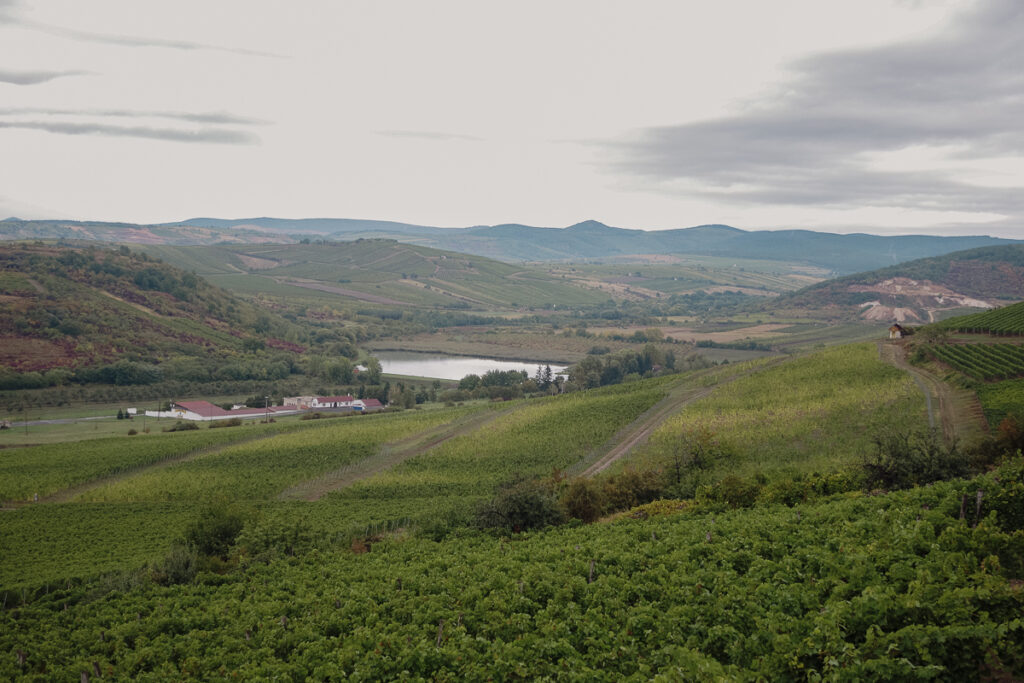
In fact, until the first world war, Hungary was the fourth biggest country in the world for wine with 500 000 hectares of vineyards. This has since contracted to around 60 000 hectares.
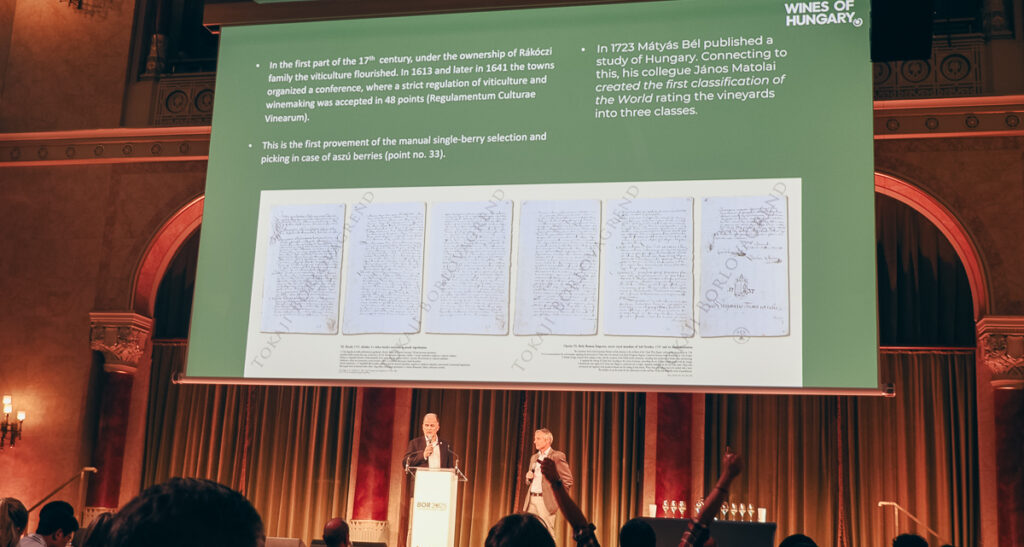
And farming these 5000 hectares in Tokaji there are some 4200 viticulturists, so the average plot size is just over a hectare. It’s a region of the small grower. And within this relatively small zone there are close to 500 different terroirs.
Tokaj is world famous for its sweet wines, but the demand for these has fallen in recent decades, mirroring a global trend in consumption. Now, 80% the wines are not sweet!
The story started 13 million years ago: in 1867 a fossil leaf-print of Vitis tokaiensis was found in a stone from the Miocene age, showing that the conditions for growing vines were present a long time ago. And as far as wine goes, there are some writings mentioning wine cellars specifically from 1110.
Foreign ‘Vinitors’ were brought into the region in 1241 after the Tatar invasion that killed a lot of people. Then in the 15/16th centuries the Turkish army took over the south of Hungary, putting a stop to wine growing and making the northern Tokaji region much more significant.
The first mention of Furmint is from the 17th century. In 1613 and 1641 the towns got together and organized conferences that outlined rules for winemaking and viticulture in the region.
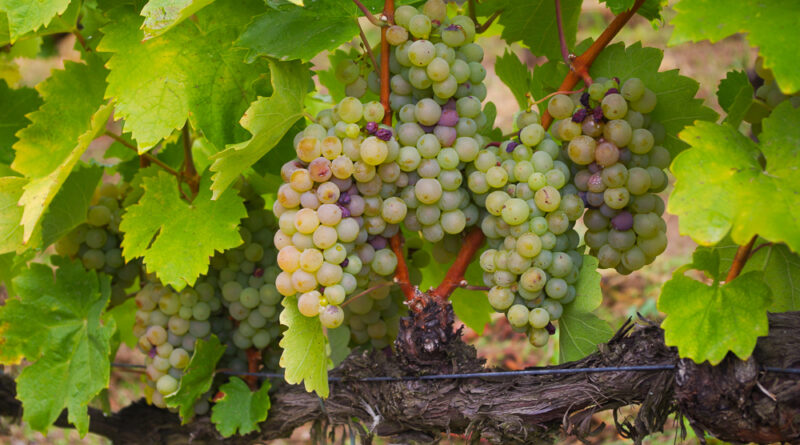
The Douro Valley boasts being the first demarcated wine region, when Pombal marked its borders with feitoria in the late 1750s. But Tokaj was actually demarcated in 1737, 20 years earlier than the Douro.
The uniqueness of Tokaj?
- Volcanic base rocks, rich in minerals, with a strong terroir effect.
- Continental climate that’s quite humid because of the two rivers running through the region, which flow close to the vineyards.
- Special viticulture and winemaking.
The best terroirs are now being recovered by some growers. The diversity of terroirs here is endless says Peter. This is both important for single vineyard bottlings, but also for knowledge in order to make blends. If you want to make a great blended wine, you need to understand the terroirs, and the terroirs need to be good to fashion components for the blend.
The climate is important. The Zemplen mountains protect from the northerly winds. In the autumn the humidity comes from the flood plains into the vineyards.
The main variety is Furmint, a local grape that is very important. It’s 60% of plantings and has medium-sized compact bunches. It ripens late, in October, and retains acidity while botrytis is settling. It has a natural propensity to make perfectly botrytised grapes.
Hárslevelű is the second most planted, and this gained in importance after phylloxera. It’s just less than 30% of the area under vine. It has amazing aromas, good acidity. Large loose bunches. It is less prone to botrytis. Four other grapes are allowed to be used: Sárgamuscotály (aka Muscat Blanc à Petit Grains, 5% of the vineyard area), Kabar, Kövérszőlő and Zéta. Only white grapes are grown in the region.
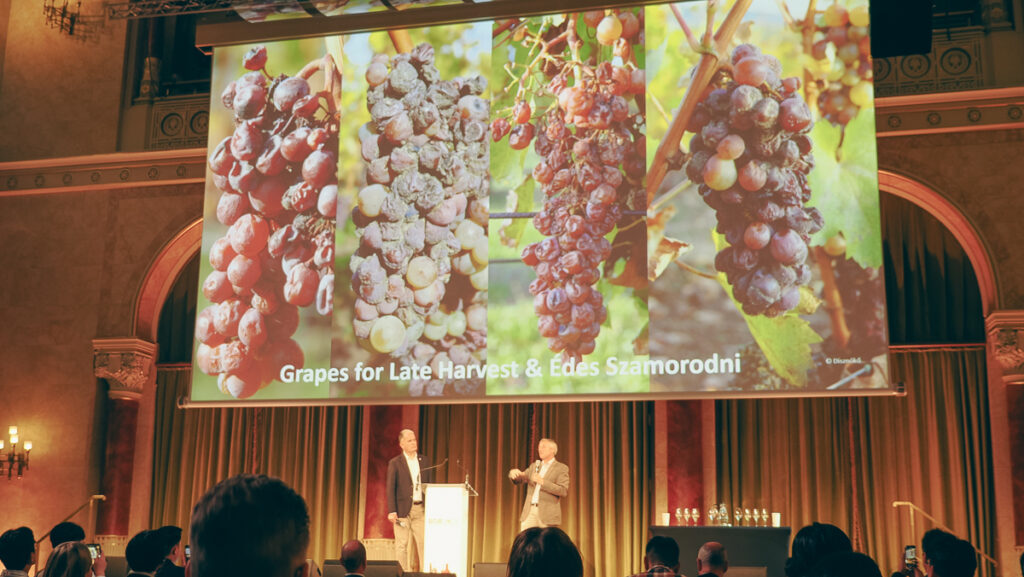
Tokaji Aszu is a national treasure, says Laszlo. It’s not the only sweet wine in Tokaji, though. The entry level sweets are semi-sweet styles without botrytis called Edes and Feledes, and these aren’t so interesting.
Then there’s wine made from over-ripe shrivelled and botrytised grapes, picked late, such as and Késői Szüretelésű (late harvest) and Edes Szamorodini (like Sauternes in richness).
The most unique style, though, is Tokaji Aszu. This is made just from dried, botrytised, raisin-like grapes picked one by one. It usually has lower alcohol, higher acidity and better balance than Sauternes. It usually has a more vertical taste while Sauternes has more opulence.
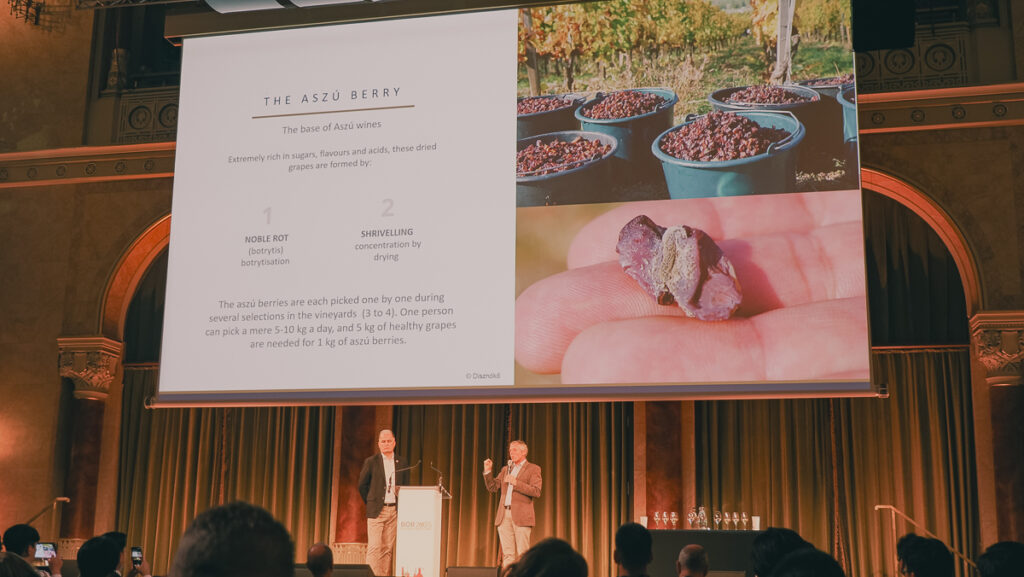
In Tokaji botrytis is always followed by a very quick desiccation. This botrytis plus desiccation is quite unique
Sometimes 150 people will be going through a vineyard selecting just these dried berries. The grapes shrivel to one-fifth of their size. ‘It’s the most labour intensive and expensive winemaking in the world,’ says Peter.
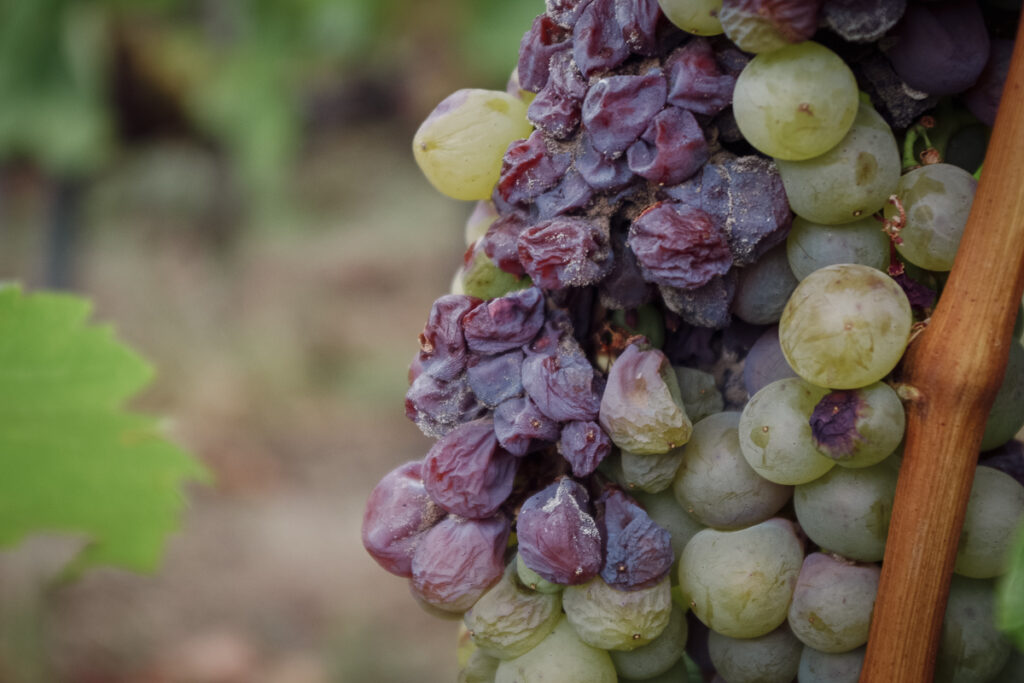
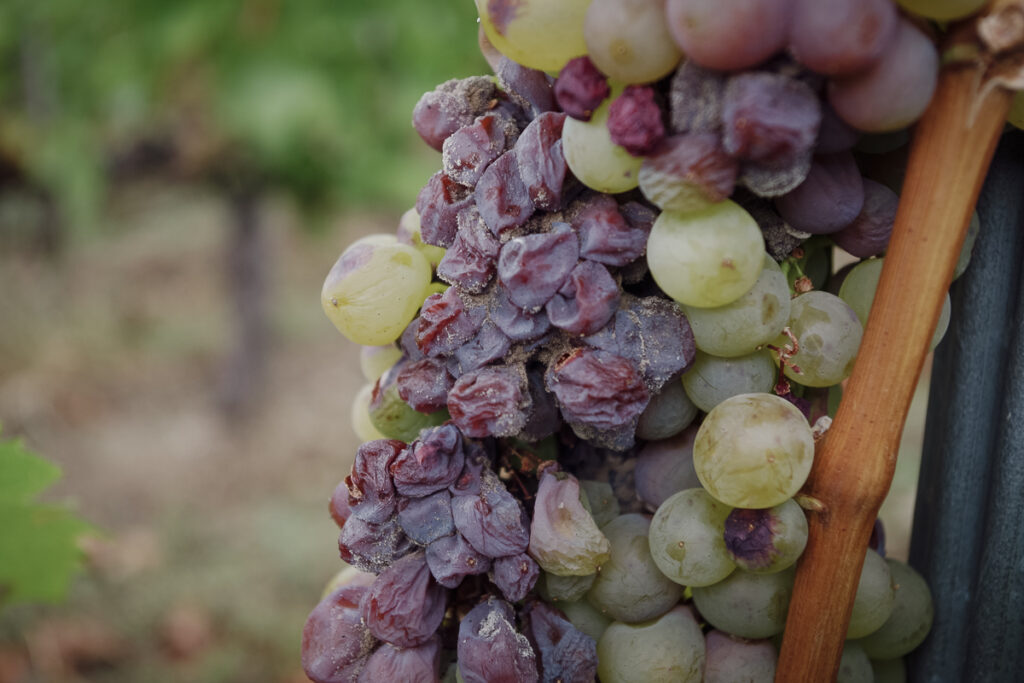
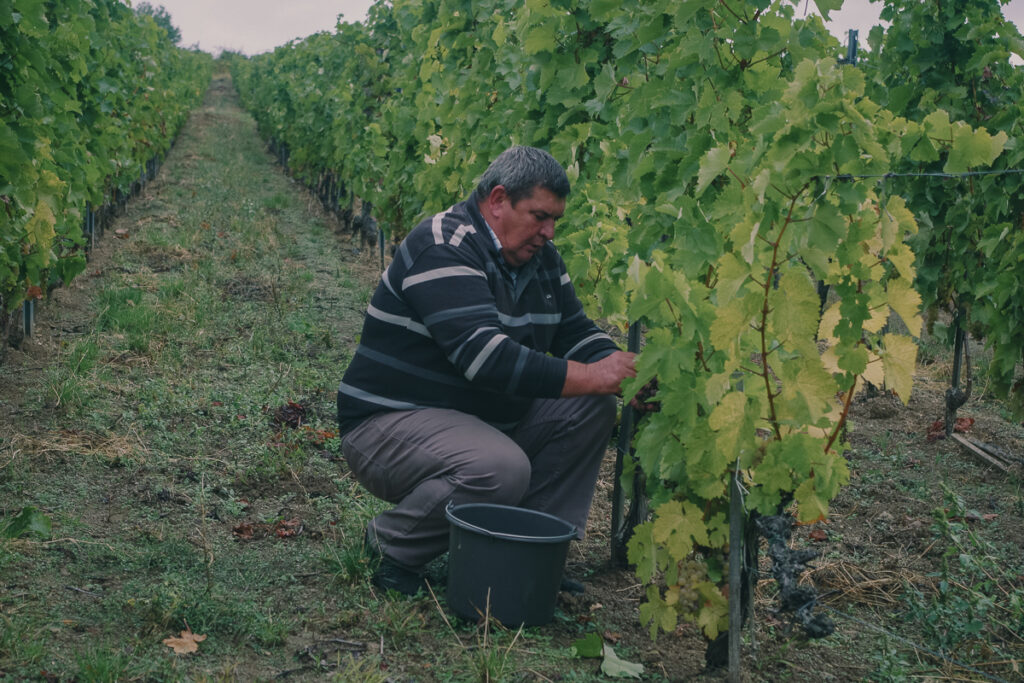
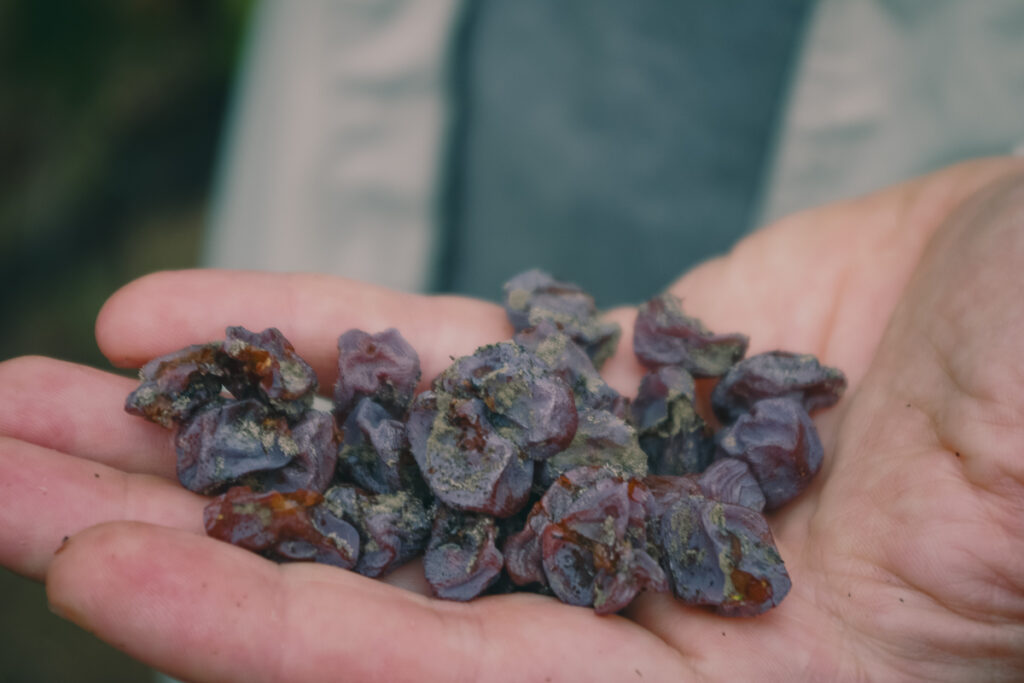
There is sequential picking. Not all the berries in the cluster will be at the same stage, so they need to be picked off the cluster as they reach the aszu stage.
There’s no way to press these grapes because there is no juice inside. So they do vinification by skin maceration: the only way to extract the sugars, flavours and acids.
The berries are picked every day and they are stored until near the end of harvest. The free run juice is called the Essencia, with 600-900 g litre of sugar. At the end of harvest the aszu berries are mixed with wine or fermented must and are macerated for 1-3 days, to ensure that everything is extracted from these rehydrated berries. The grapes are then pressed slowly, and this takes 5-7 hours. The result is a wine with 7-8% alcohol and 300 g/l of sugar. Fermentation is continued until the balance of the wine is right. Afterwards, the wine is stabilized and aged in barrels (200-300 litres, usually).
The number of hods of aszu berries mixed with a barrel of base wine gives the puttonyos level. There is an equivalent of this in terms of residual sugar.
Kardos Tündérmese Late Harvest 2024 Tokaj, Hungary
11% alcohol. This is from Mad. 110 g/l rs. Muscat, Furmint and Harslevelu, stainless steel. Aromatic, grapey and nicely balanced, with the sweetness balanced out with good acidity. There’s a bit of spicy apricot character here. This is all about aromatic grapey fruit and it’s youthful and delicious. 93/100
Barta Öreg Király Dulo Szaramodni 2021 Tokaj, Hungary
10% alcohol. 148 g/l. Furmint aged for one year in oak. This is sweet and spicy but also has intense acidity. Lively and intense with some cedar spice (not necessarily from oak), a savoury twist, and lovely acidity providing a foil for the intense fruit: grape, apricot, ripe pear and some canteloup melon. Pure, fine and intense. Really impressive with such a long, spicy finish. 95/100
Disznoko Tokaji Aszú 6 Puttonyos 2017 Tokaj, Hungary
13% alcohol. 80% Furmint, 20% Zéta, 165 g/l rs. This is made from 30 different lots. The aszu berries were mostly from the Furmint. This is full, spicy, vivid and intense with pronounced apricot, honey and spice notes, with a savoury foil to the bold, exotic fruit. Amazing concentration and length here, with a bit of tannin from the maceration that adds freshess and balances out some of the sweetness. Good acidity, too. A complex, complete wine from an amazing vintage. 96/100
Patricius Tokaji 6 Puttonyos Aszú 2017 Tokaj, Hungary
10.5% alcohol. Furmint, 212 g/l rs, TA 8.7 g/l. The berries are added at 6-8% alcohol for 24 hours. This is bold, rich and honeyed with some apricot and spice, with melon and pineapple notes, too. Very smooth and harmonious, with intense sweetness but also good acidity and some structure. The sugar and acidity together are almost ice wine-like in the way they balance each other out and give an amazing presence in the mouth. 95/100
Lenkey Tokaji 6 Puttonyos Aszú 2003 Tokaj, Hungary
10% alcohol. This is Harslevelu, 173 g/l rs, TA 9.2 g/l. Full golden/bronze colour. This is really interesting. There’s a savoury edge as well as sweet apricot, raisin and melon notes, with a long spicy finish. Very rich and bold with the savoury notes adding real interest. The tannins are present in the mix. Moving to a honey/dried fruit/saffron sort of direction. It’s beautiful: a wine of contemplation. 96/100
Grand Tokaj Terroir Selection Tokaji Essencia 2013 Tokaj, Hungary
2.7% alcohol. Mostly Furmint with some Harslevelu, Muscat, Zéta, Kabar and Kövérszolo. 519 g/l rs, 11.55% g/l TA. You can’t ferment Essencia in wood because the osmotic strength causes the barrel to leek. So it is usually made in demijohns. Dried herbs on the nose with some tealeaf as well as some marmalade, lime and honey. In the mouth this is amazingly intense with great concentration, and fresh, vital but incredibly sweet melon and pear fruit with dried herbs, straw/hay and honey. Finishes long and spice. Quite remarkable with astonishing complexity, but it’s not over-the-top. This is very special, even if it’s not the most famous of all essencias. 97/100

